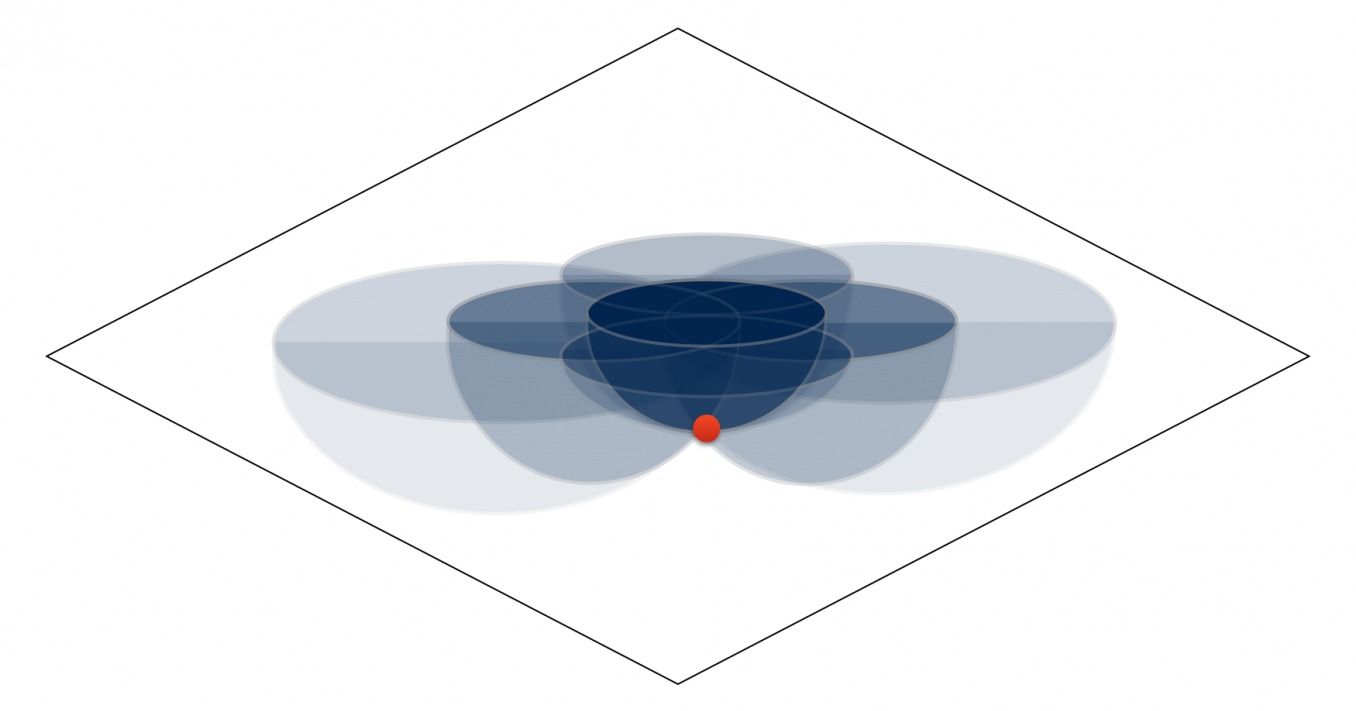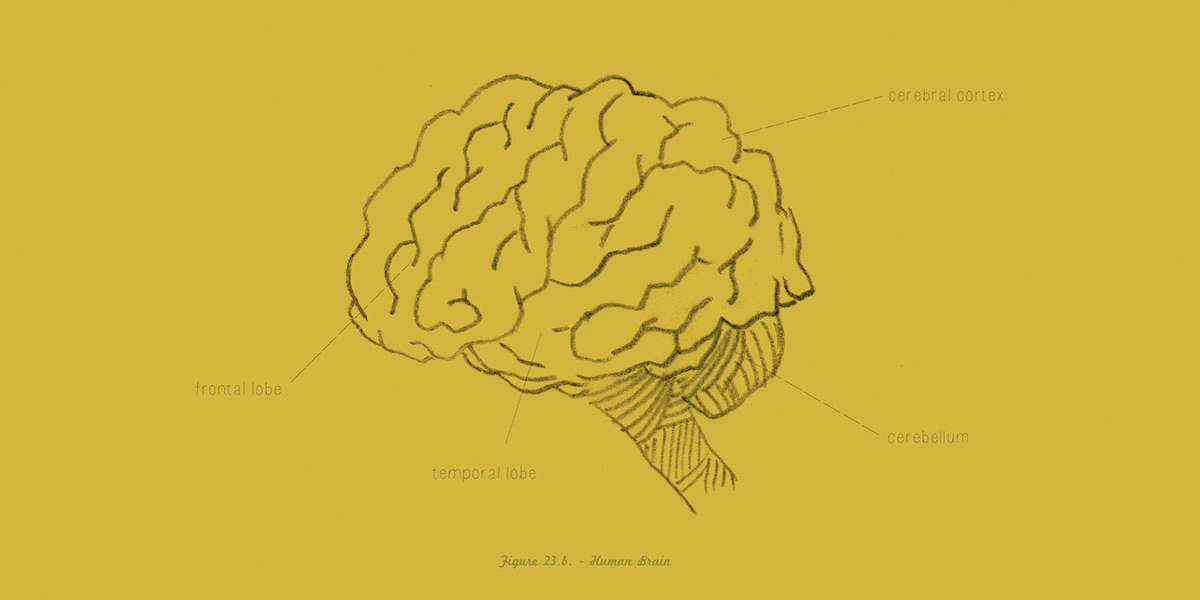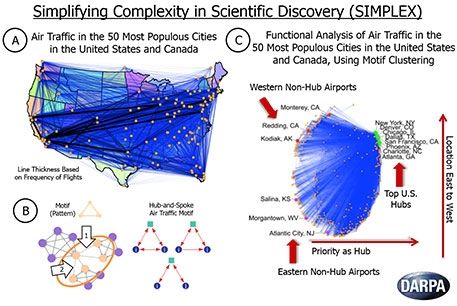Aug 19, 2016
How spacetime is built by quantum entanglement
Posted by Shailesh Prasad in categories: mathematics, quantum physics, space
A collaboration of physicists and a mathematician has made a significant step toward unifying general relativity and quantum mechanics by explaining how spacetime emerges from quantum entanglement in a more fundamental theory. The paper announcing the discovery by Hirosi Ooguri, a Principal Investigator at the University of Tokyo’s Kavli IPMU, with Caltech mathematician Matilde Marcolli and graduate students Jennifer Lin and Bogdan Stoica, will be published in Physical Review Letters as an Editors’ Suggestion “for the potential interest in the results presented and on the success of the paper in communicating its message, in particular to readers from other fields.”
Physicists and mathematicians have long sought a Theory of Everything (ToE) that unifies general relativity and quantum mechanics. General relativity explains gravity and large-scale phenomena such as the dynamics of stars and galaxies in the universe, while quantum mechanics explains microscopic phenomena from the subatomic to molecular scales.
The holographic principle is widely regarded as an essential feature of a successful Theory of Everything. The holographic principle states that gravity in a three-dimensional volume can be described by quantum mechanics on a two-dimensional surface surrounding the volume. In particular, the three dimensions of the volume should emerge from the two dimensions of the surface. However, understanding the precise mechanics for the emergence of the volume from the surface has been elusive.
















